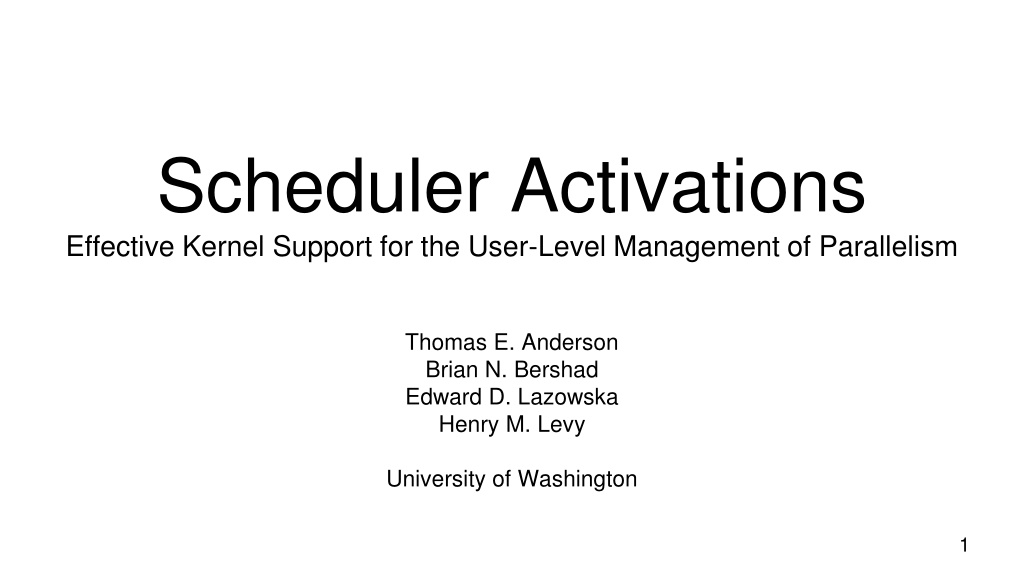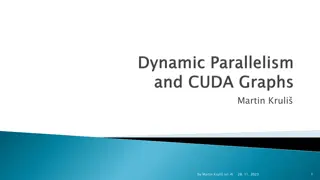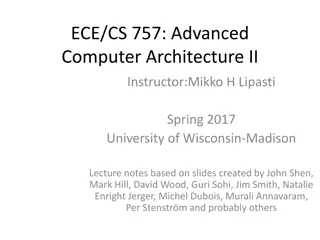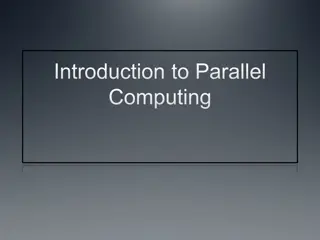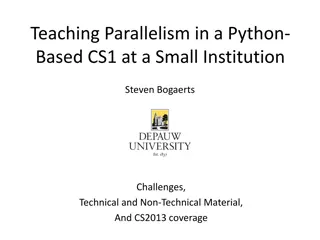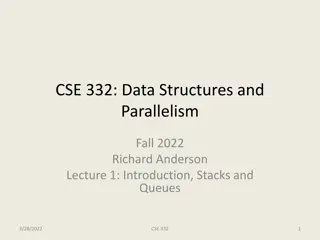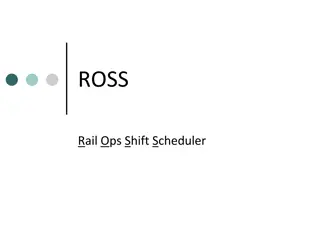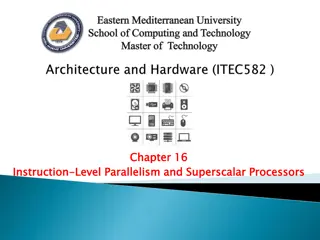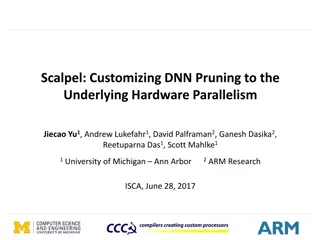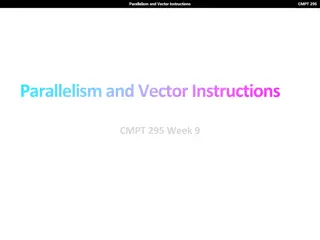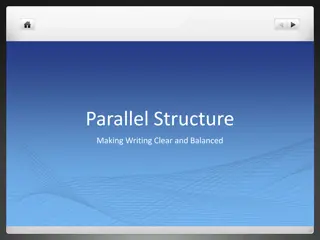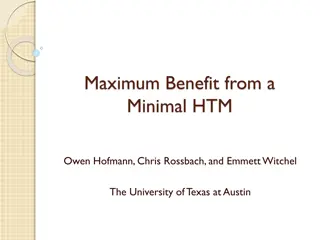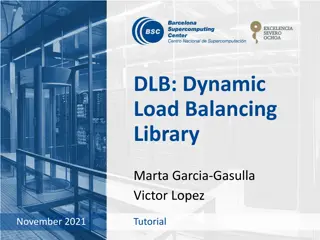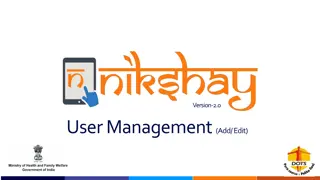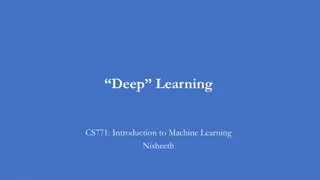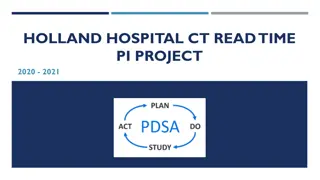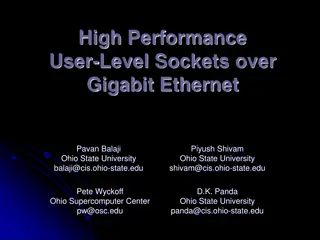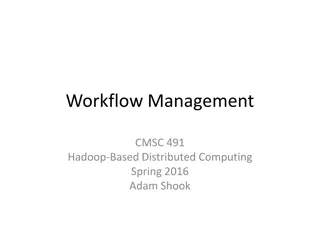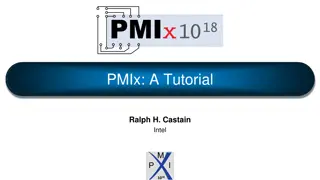User-Level Management of Parallelism: Scheduler Activations
This content delves into the comparison between kernel-level threads and user-level threads in managing parallelism. It discusses the challenges and benefits associated with each threading model, highlighting the trade-offs between system overhead, flexibility, and resource utilization. The concept of Scheduler Activations is explored, presenting a user-level approach for efficient management of parallelism through virtual processors and low-cost scheduling.
Download Presentation

Please find below an Image/Link to download the presentation.
The content on the website is provided AS IS for your information and personal use only. It may not be sold, licensed, or shared on other websites without obtaining consent from the author. Download presentation by click this link. If you encounter any issues during the download, it is possible that the publisher has removed the file from their server.
E N D
Presentation Transcript
Scheduler Activations Effective Kernel Support for the User-Level Management of Parallelism Thomas E. Anderson Brian N. Bershad Edward D. Lazowska Henry M. Levy University of Washington 1
Problem Threading increasing in popularity Kernel-level and user-level threads are the only options 2
Kernel-level Threads 1:1 model Kernel creates, schedules, synchronizes, etc Thread blocking doesn t affect the rest of the process 3
Kernel-level threading downsides High overhead of system calls Generalized 4
User-level threads N:1 model FSU Pthreads, PTL2, FastThreads Self scheduling with specialized scheduling algorithms More flexibility Lightweight 5
User-level thread downsides Purely user-level threading can only use one processor Operations that block (I/O, page fault) block entire process 6
Scheduler Activations N:M model Processes each given a virtual processor User-level scheduling Low cost of creating, swapping, etc Multiprocessor 8
General Approach Kernel allocates processors to each process Applications know what processors they have been allocated Requires communication 9
Communication Kernel notifies application when granting additional processor A processor is preempted Thread blocks, or finished blocking in Kernel User level notifies kernel when It requires more or less processors 10
Scheduler Activations Each thread has its own SA Given when thread starts on processor Two execution stacks (one kernel, one user space) 11
Upcalls and System Calls Kernel talks to the application through upcalls Application talks to kernel through system calls 12
Critical Sections Potential issues Prevention vs. Recovery Upcall handler executes thread 26
Implementation DEC SRC Firefly multiprocessor workstation Modified Topaz OS Modified FastThreads user-level thread package 27
Implementation cont Guarantees no processor to idle if work can be done Even distribution of processors among high priority address spaces Continued support for standard Kernel threads Applications free to chose scheduling algorithm Processors wait short time before notifying kernel for reallocation 28
Optimizations Critical Sections Flags have high overhead Copy critical section code instead Recycling Scheduler Activations 29
Performance What is the cost of user-level thread operations? What is the cost of communication? What is the effect on application performance? 30
Communication Cost More expensive than current kernel thread operations Potential optimizations could bring it even with Topaz kernel thread operations 32
Application Performance Tested against O(n * log(n)) solution of N-body problem 33
NetBSD Implementation System call latency measured on a 500 MHz Digital Alpha 21164 system Thread operation costs mesaured on an Apple iBook with a 500MHz G3 processor and 256k of L2 cache 37
Discussion Points Scheduler Activations require a process to be honest about the number of threads required. What strategy could be utilized to ensure fairness even in dishonest conditions? What workloads / processes would be ideal for Scheduler Activations over User-level threading? How do threads compare to goroutines? 38
Goroutines 3 Major differences Memory consumption Setup / Teardown Switching Handling blocks Synchronization 39
